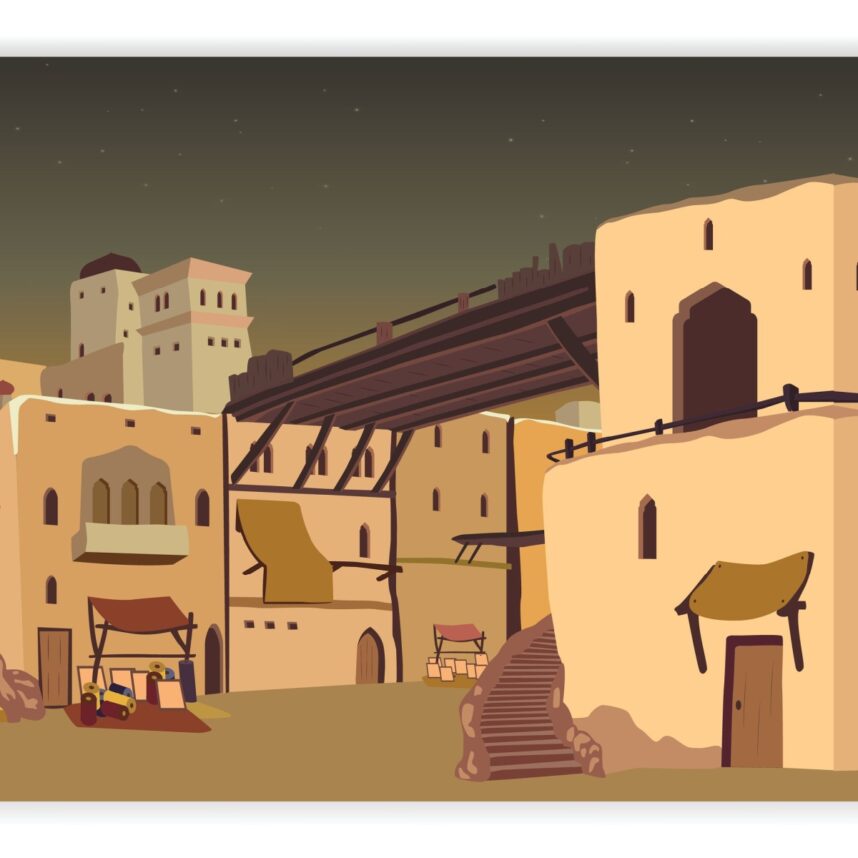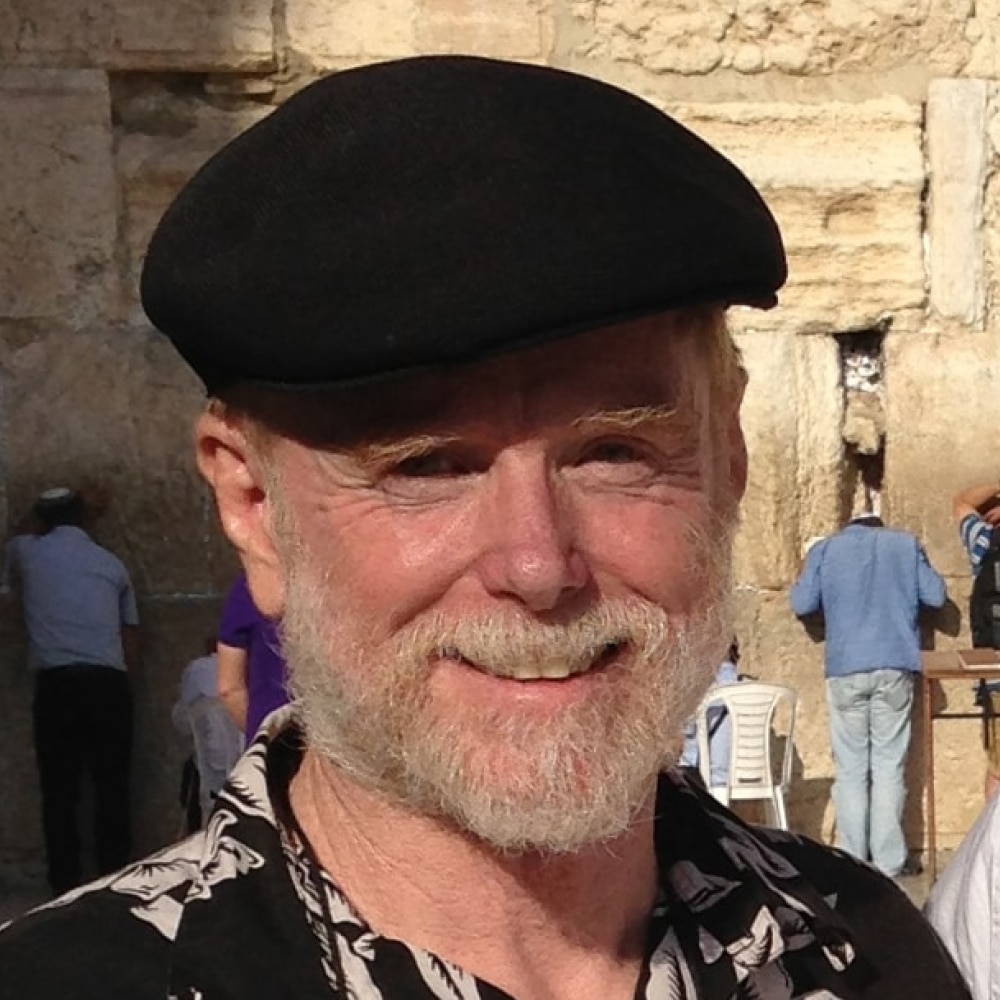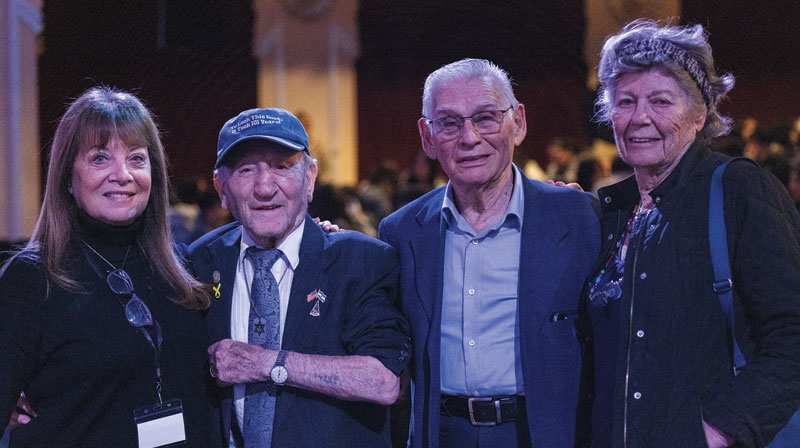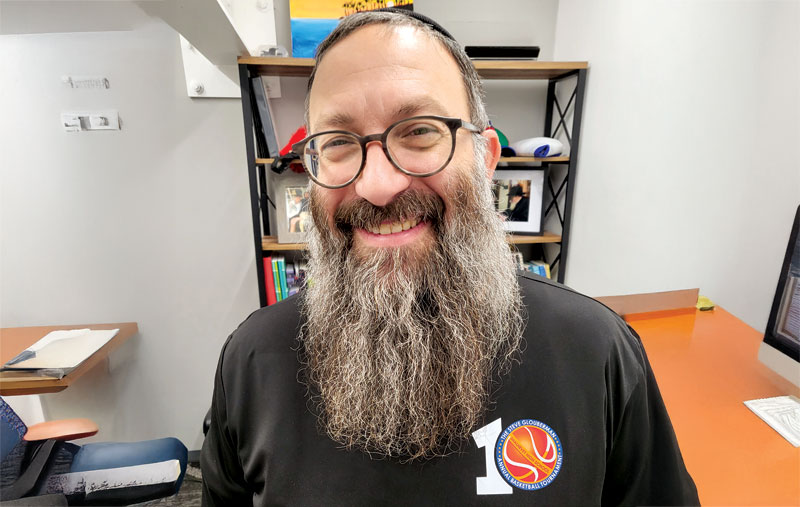
Teaching in Exile
Reflections on Torah Portion Mattot-Masei 2024 (reworked from previous versions)
One of the core teachings in Torah portion Massei (the second of our double-portion) is the concept of the “cities of refuge” that will be established in the land (Numbers 35:9-34). The Cities of Refuge were set up to handle cases of homicide, especially cases of negligent homicide.
Here’s the background: In ancient times, when a person killed someone accidentally but negligently, that person was still subject to the vengeance of the family of the deceased. In most pre-modern cultures, any member of the opposing group in a blood feud would suffice for vengeance, killling not just the offender. It didn’t matter if the killing was done by negligence. Blood had to be avenged. Blood for blood. If a Hatfield killed a McCoy, then a McCoy would kill a Hatfield. The offended clan would send out a Blood Avenger to seek retributive justice.
The details on the law of the Blood Avenger in this week’s portion were a step forward in the development of law, in two ways. Instead of all the members of a group being held responsible for a killing, only the actual perpetrator was held responsible. In addition, the accused could flee from the Blood Avenger to a city of refuge and get a fair trial.
If the killing were deemed completely accidental, the person was free to go. On the other hand, if it turned out that the person committed willful murder, the court would hand the perpetrator over to the Blood Avenger, who would slay the murderer.
If the killing were deemed negligent homicide, however, the person could stay safely in the city of refuge until the current High Priest died. At that time, the Blood Avenger was relieved of his duty to avenge the blood of his kinfolk, and the perpetrator could leave the city safely.
This law clearly seems to be intended to prevent something rampant in pre-modern times, and still in force in many places today: the vendetta. If a person from one tribe, group, gang, mob, race, religion, nation, etc., killed a person from another group, the offended group felt it had the right and duty to kill any member of the group of the perpetrator, regardless of culpability. Destructive feuds followed.
The law in this Torah portion takes us a step out of the primitive world of blood vengeance and limits the avenger to killing only the perpetrator. The law of the city of refuge affords the accused a fair trial. The law of negligent homicide is established.
The Talmud, in a surprise move, takes this wise and fairly straightforward law into unforeseen territory. In Deuteronomy 4:42, where this matter from our Torah portion is reviewed, it says that the person guilty of negligent homicide can flee to a city of refuge and adds the words “and live.” The Talmudic rabbis ask what it means “to live.” Obviously, he goes there to live and not to die; that is the purpose of the law. “To live” must mean something else.
The rabbis decide (as recorded in Tractate Makkot 10a) that a person cannot live without the study of Torah, so if a person is exiled to the city of refuge, his teacher must go with him so that “he can live.” And where the teacher goes, the whole yeshivah goes.
This fantastical reading of the text is, of course, contested, and there is no recorded case of a rabbi and the yeshivah following a negligent killer into the exile of a city of refuge (at least partly because rabbis and yeshivahs did not exist in the time of the Bible).
The Talmud is probably referring to something deeper, something that every real parent, teacher, healer, therapist, life coach, mentor, true friend, etc. knows: you can only guide another person if you are willing to go into the exile experienced by the person for whom you are caring.
The empathy and insight required for true guidance requires that the person who assumes the role of guide can somehow empathetically peer into the soul of the suffering one and not be defended from what one sees there. The true witness to the suffering of another will not be untouched. Perhaps this willingness to suffer some of the exile of the one in pain is the mark of a healing presence.
The rabbi of the man who kills negligently must go into exile with him, we are taught, as well as the entire yeshivah. I try to imagine how the curriculum of this mythological yeshivah is affected. All the inhabitants of the city of refuge sign up for classes. All the students have killed someone. All feel guilty. All feel pursued.
From the perspective of archetypal psychology, we are all students in the yeshivah of negligent killers in the city of refuge. Relationships are often killed, negligently, by a thousand cuts. We kill the spirits of others with our harsh words and uncaring deeds. We often kill ourselves spiritually with addictions, including relentless negative inner voices, cutting away at our sense of self.
We all need to flee to the city of refuge, a state of mind in which we admit that we are sometimes slowly and negligently killing the spirits of others, killing relationships, killing our own well-being. In that exile in the city of refuge, we can confront that destructive negligence and seek the teaching that will release us. We get a fair trial.
Off the top of my head, here are two little teachings. We all live with resentment and regret. You are not human if you have not been hurt or regret some of your deeds, hurting yourself or others. But we ought not be weighted down into the past. Each day is a day that opens on to a new horizon, a new canvas for self-creation, repentance, and renewal. Voices of resentment and regret must be addressed (they never go away), but they ought not dominate our inner dialogue. We ought not let inner forces kill us. Our inner life should be guided toward openness, hope, and joy.
A second teaching: understanding poetry, depth, and irony. While studying this Torah portion, I did not expect to come across this profound teaching in the Talmud. Clearly, the author of this teaching had experienced something very deep, very troubling, and chose to present it as a comment on the law of the city of refuge. Oftentimes, the greatest teachings are taught through metaphor and misdirection, bypassing the defended and skeptical ego self, directly reaching the heart.
The signpost to the city of refuge emerges suddenly out of the dark. It’s talking to you.























 More news and opinions than at a Shabbat dinner, right in your inbox.
More news and opinions than at a Shabbat dinner, right in your inbox.